Most people ask, “How much does home automation cost?” Livewire’s Henry Clifford tackles it head on:
“That question is sort of like asking, well, how much does a car cost… a Ford Festiva is, I don’t know, 10 bucks, and a Ferrari is a million dollars. So they’re both cars.”
From there, Henry explains how we move from a fuzzy number to a real plan:
“Good news… we offer a tool on our website where we can get instant pricing… answer a couple questions and boom it’ll give you sort of a horseshoes and hand grenades budget range.”
“Size of house, type of project, fit and finish… centralized video sources… lighting choices… outdoor zones… and the network can be big needle movers.”
To give you outside benchmarks, recent market guides put basic DIY smart home setups in the hundreds of dollars and advanced whole home systems into five figures, depending on devices, rooms, and labor. Angi’s 2025 refresh shows an average install around $871 with wide ranges by scope, while advanced systems can reach $10,000 and beyond, especially once design time and professional labor enter the picture. Angi
The big drivers of budget
1) Scope and rooms
What spaces need audio, video, lighting, shades, security, and control. Henry again:
“Are you gonna centralize all your video sources together and feed them from a central rack… that can drive the cost up quite a bit.”
2) Fit and finish
From “Motel 6” to “Ritz Carlton,” fixtures and interfaces change parts and labor:
“Maybe your builder is putting in the Motel 6 lighting and you’ve got nicer fit and finish that deserves lighting that is a little more fitting.”
3) The network
Bigger homes often require enterprise grade networking:
“In some of the larger homes the network might be tens of thousands of dollars… just because that’s what is needed to support the infrastructure in the home.”
4) Platform class
Security led systems like Alarm dot com emphasize monitoring and cameras, while Control4, Savant, and Crestron shine at multi room AV and integrated control. Typical professional labor for those platforms can be a material part of the bill, with published examples showing per hour programming and install rates and total labor that scales with complexity. (Heyo Smart)
5) Energy and insurance effects
Savings are real but should not be the only math. Third party research and consumer guides show smart thermostats and connected controls can trim about ten percent or more on heating and cooling, with broader connected home savings reported in utility and insurance contexts. AP News
Henry’s take keeps it honest:
“If you believe that time is the most valuable thing of all… that’s really where I see us saving people… automating routines… not walking around the house to turn off lights… sleeping better because of better light.”
What about luxury power and specialty gear
High end ecosystems often fold in power management or whole property features. For example, recent Savant power modules can optimize circuits and scheduling, which can be less expensive than upgrading electrical service entirely, though they require pro installation and dedicated hardware. The Verge
How Livewire turns a range into a number
When you want precision, the process is simple:
“Schedule a consult… we collect a design retainer to engineer it… and then we encourage you to bid it out… so you get apples to apples pricing, not ten different answers from ten vendors.”
That design first approach protects your budget and your sanity — it aligns parts, labor, and outcomes before anyone swings a hammer.
Quick reality checks
- Entry tier costs are driven by device count and self install effort; pro labor and design add value and stability but increase spend. Market snapshots show specialists billing by the hour with totals that reflect project size and complexity. Angi
- Whole home platforms for large homes climb because of centralized racks, distributed audio and video, robust lighting control, and stronger networks. This is where design documentation saves money by preventing rework.
- ROI is more than a utility bill. As Henry says, togetherness and peace of mind matter:
“What’s togetherness worth… a magical night in your backyard where everything’s set up properly… that’s pretty good ROI.”
The takeaway
Start with scope and simplicity, let the design reveal the true cost, and use a partner who will price transparently and listen more than they talk. Or in Henry’s words:
“Beware anybody who’s leading with the shiny object first… you want to partner with somebody focused on using their ears way more than their mouth.”
Ready to translate your wishlist into a real number? Let’s map the rooms, pick the right gear, and engineer the budget that fits.


 CALL US 804.616.4156
CALL US 804.616.4156 BOOK APPOINTMENT
BOOK APPOINTMENT